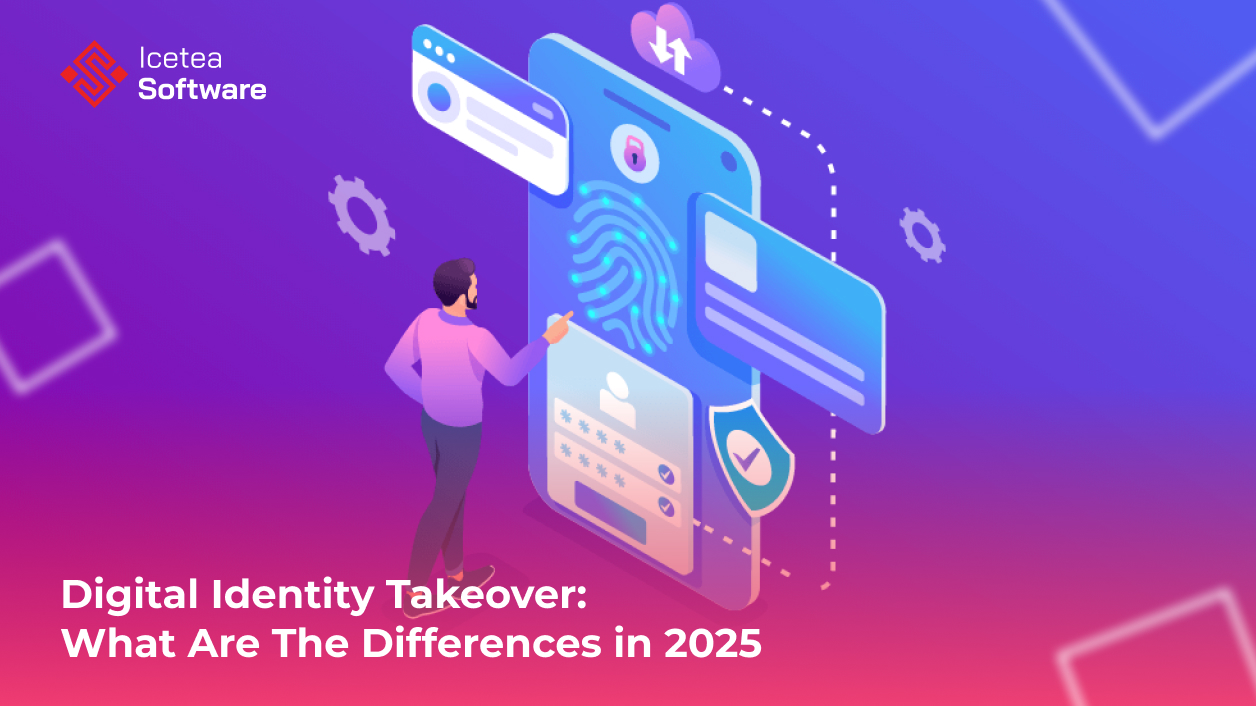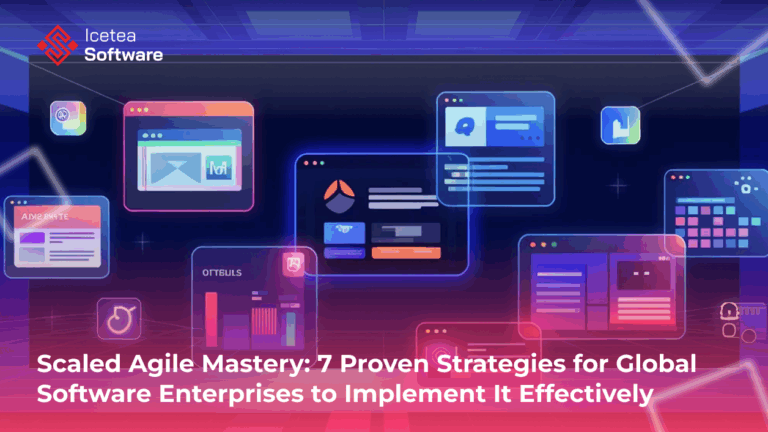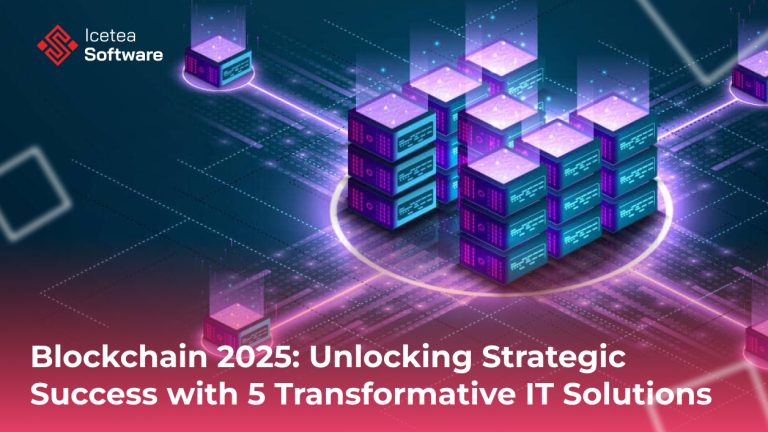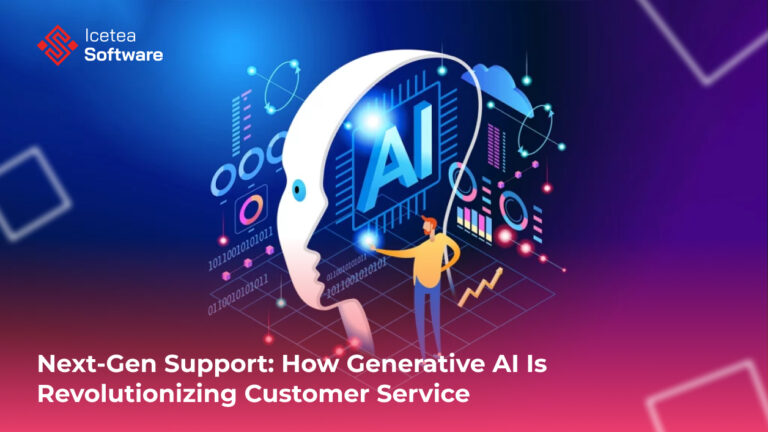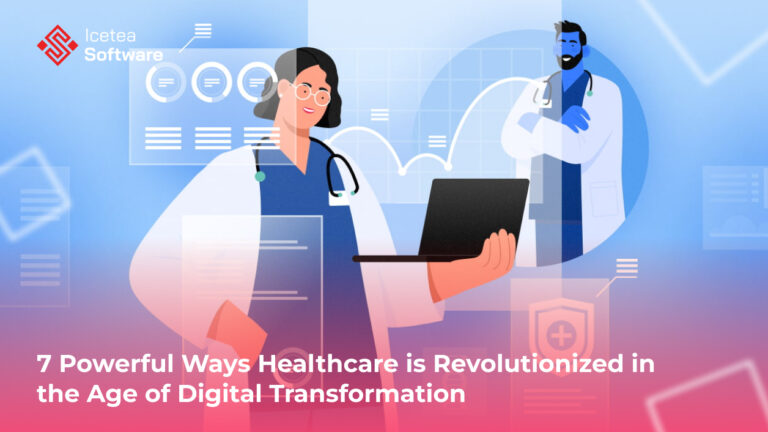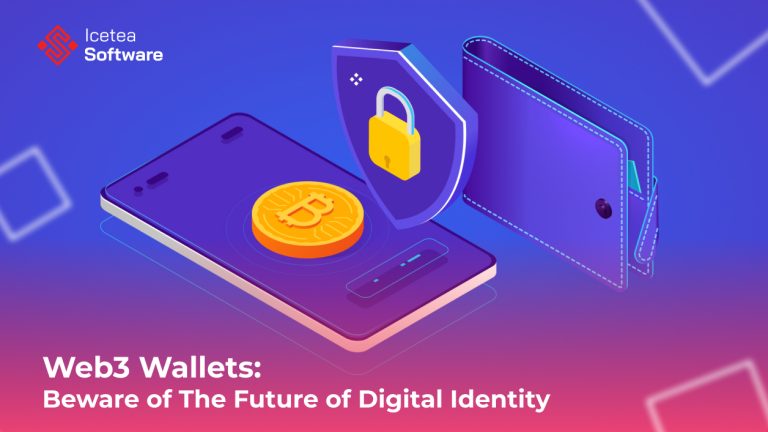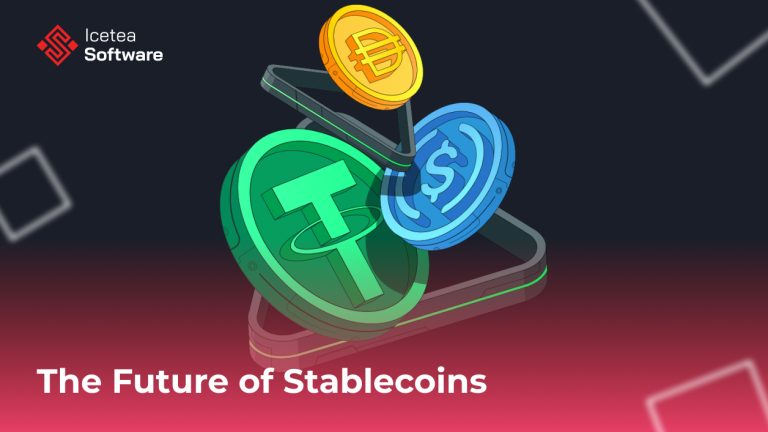Digital Identity Takeover: What Are The Differences in 2025
In today’s hyper-connected world, our digital identities are as vital as our physical ones. They’re how we log in, communicate, work, shop, socialize, and even govern. But here’s the catch—most of us don’t actually own our digital identities. Instead, they’re borrowed, fragmented across platforms, and managed by third parties who monetize and control our data…
In today’s hyper-connected world, our digital identities are as vital as our physical ones. They’re how we log in, communicate, work, shop, socialize, and even govern. But here’s the catch—most of us don’t actually own our digital identities. Instead, they’re borrowed, fragmented across platforms, and managed by third parties who monetize and control our data in ways we often don’t fully understand.
As we transition into a new digital era—powered by decentralization, blockchain, and user sovereignty—the question of what it means to truly own your digital identity has never been more urgent or more complex. This blog explores the concept of digital identity ownership: why it matters, how it works, and what it takes to claim it.
What Is a Digital Identity?
A digital identity is more than just a username or profile picture. It includes:
- Your login credentials (emails, usernames, passwords)
- Personal data (name, age, contact info)
- Behavioral data (search history, preferences, purchase history)
- Credentials (degrees, certifications, licenses)
- Financial history (credit scores, payment data, crypto wallet activity)
- Reputation (ratings, reviews, social interactions)
In essence, your digital identity is the sum of everything that defines and distinguishes you online.
The Problem with Today’s Identity Model
Currently, digital identities are largely owned, managed, and monetized by platforms—not by individuals. Every time you create an account on Instagram, Amazon, LinkedIn, Facebook, or any other Web2 service, you’re not actually building a digital identity that you control. Instead, you’re creating a profile inside their proprietary ecosystem, governed entirely by their terms of service, privacy policies, and algorithmic decisions—many of which are subject to change without notice.
These platforms act as custodians and gatekeepers of your identity. They:
- Store your personal data on centralized servers, where it’s vulnerable to breaches, misuse, or unauthorized surveillance.
- Monetize your digital behavior—clicks, purchases, scroll time, even pauses—through targeted advertising, algorithmic modeling, and third-party data sales.
- Control your access to your own account, with the power to suspend, restrict, or delete it based on internal moderation systems or policy shifts.
- Lock your identity to their walled garden, meaning you can’t easily transfer your profile, followers, reviews, or reputation to another service. For instance, if you’ve built years of credibility and endorsements on LinkedIn, there’s no seamless way to bring that social capital to another professional network.
This platform-centric model prioritizes convenience and scalability—but it comes at a significant cost: you sacrifice privacy, lose control over your data, and become dependent on centralized institutions to mediate your digital presence.
What Does It Mean to “Own” Your Digital Identity?
True ownership of your digital identity means having control, portability, security, and agency over your online self. Let’s break that down:
a. Control
You decide who sees your data, what they can do with it, and how long they have access.
b. Portability
You can carry your identity across platforms, services, and apps—without losing reputation, credentials, or access.
c. Security
You hold the keys to your data. No third-party can alter or take it away without your consent.
d. Agency
You can monetize your identity (e.g., data sharing, loyalty programs) and participate in systems that reward your contributions, rather than extract value from them.
The Role of Blockchain & Decentralized Identity (DID)
Decentralized identity technologies, built on blockchain, aim to shift identity ownership from corporations to individuals.
Key components include:
- Decentralized Identifiers (DIDs): Unique, user-owned IDs not tied to any central authority.
- Verifiable Credentials (VCs): Digitally signed credentials (e.g., university degrees, memberships) that you can store and present.
- Non-custodial Wallets: You store and manage your identity and credentials using private keys, not passwords.
- Zero-Knowledge Proofs (ZKPs): Let you prove claims (e.g., you’re over 18) without revealing sensitive data (e.g., your exact birthdate).
These tools allow users to verify their identity, build reputations, and manage credentials without relying on centralized intermediaries.
Web2 vs Web3: The Identity Shift
| Feature | Web2 Identity | Web3 Identity |
| Data Storage | Centralized (platform-owned) | Decentralized (user-owned wallets) |
| Access Control | Platform dictates terms | User grants/revokes access |
| Recovery | “Forgot password” via email/phone | Social recovery or multi-signature wallets |
| Monetization | Platform profits from your data | You choose if/how to monetize your data |
| Portability | Locked in per platform | Portable across protocols & services |
The Benefits of Owning Your Digital Identity
- Privacy: Share only what’s necessary. No more over-collection of personal data.
- Security: Eliminate massive centralized data breaches by keeping data user-side.
- Freedom: No platform can unilaterally suspend or delete your account.
- Interoperability: Use one identity across multiple apps and services.
- Monetization: Earn value from your data, attention, and participation.
Challenges to Real Ownership
Owning your digital identity isn’t without hurdles:
- Key management: Losing your private keys could mean losing access forever—unless tools like social recovery or biometrics are in place.
- UX complexity: Setting up wallets, understanding permissions, and managing credentials requires a better design.
- Regulation & adoption: Governments and companies need to recognize decentralized IDs and credentials legally.
- Education: Most users aren’t yet aware of how digital identity works—let alone how to own it.
Solving these requires collaboration between technologists, designers, regulators, and communities.
Real-World Use Cases
- Healthcare: Carry your medical records securely across providers without duplicates.
- Education: Store and share your diplomas, certifications, and transcripts as verifiable credentials.
- Finance: Prove creditworthiness using on-chain reputation instead of opaque credit scores.
- Social Media: Port your followers and social reputation across apps without starting over.
- Work: Prove your skills, project history, and achievements across platforms like GitHub, Upwork, and LinkedIn.
The Future of Identity is User-Owned
We are shifting from a platform-centric model to a user-centric internet, where individuals are empowered participants, not passive products. Owning your digital identity is central to that vision.
It’s not just about privacy—it’s about power, autonomy, and value. In the same way you own your passport or house key, you should own your digital credentials, data, and reputation.
As Web3 technologies mature and adoption grows, digital identity ownership will become the foundation of a more equitable, transparent, and user-driven digital world.
Final Thoughts
Truly owning your digital identity isn’t just a nice-to-have—it’s becoming a fundamental right in an increasingly online world. From the way we access services to how we prove who we are, our digital identities shape our interactions, our opportunities, and our futures. Yet in most of today’s internet, those identities are locked behind platforms, governed by opaque policies, and monetized without our input.
That’s why the shift toward user-owned identity is so powerful. It’s not just a technological upgrade—it’s a philosophical one. It says: you should control your data. You should decide how your identity is used. And you should benefit from the value it creates.
At Icetea Software, we believe digital identity is the cornerstone of the next generation of decentralized applications. That’s why we’re building the tools and infrastructure to make identity ownership secure, seamless, and scalable—from blockchain-based authentication systems to privacy-preserving data vaults, self-sovereign identity frameworks, and Web3 onboarding solutions with user-first design.
We’re not just imagining a future where users control their digital selves—we’re engineering it.
Whether you’re a developer building the next dApp, a company rethinking user data, or an individual who wants more control, the path forward starts with one core idea: own your identity, own your future.
————————–
𝗜𝗰𝗲𝘁𝗲𝗮 𝗦𝗼𝗳𝘁𝘄𝗮𝗿𝗲 – Cutting Edge Technologies!
Website: iceteasoftware.com
LinkedIn: linkedin.com/company/iceteasoftware
Facebook: Icetea Software
